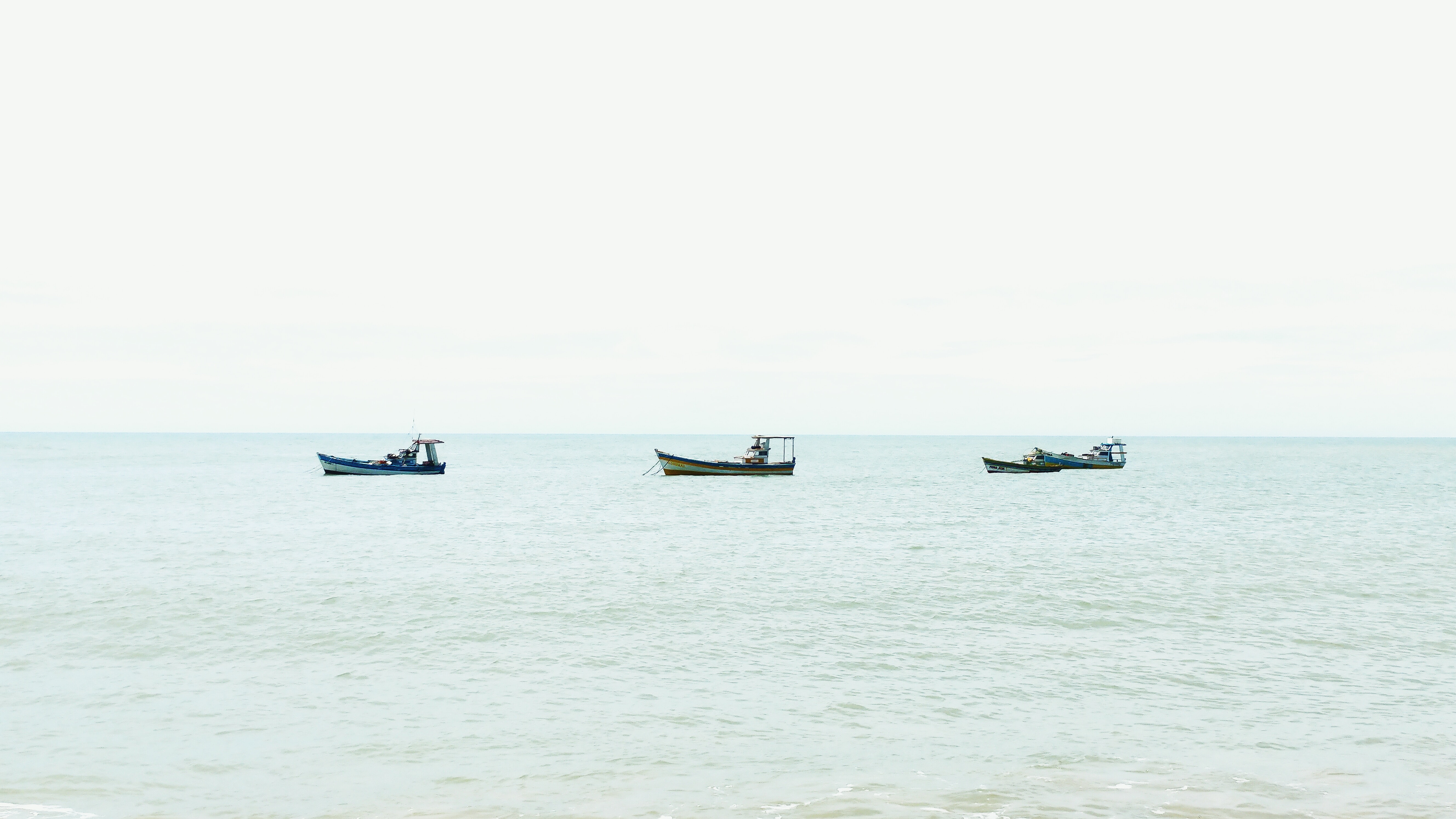What in the world are temporary fishing closures?

Fishers and government managers designate a section of ocean. They prohibit fishing there for several years. At the end of this closed period, stakeholders decide if the area will reopen, rotate, or remain closed. That's the basis of a temporary fishing closure.
These iterative reserves are different from Marine Protected Areas, a common Western strategy where governments permanently ban fishing. Over 100 temporary closures exist today, but we lack a scientific understanding of their effects on conservation and their social dynamics.
I’d like to introduce you to two temporary fishing closures: Isla Natividad in Mexico and Paparā in Tahiti. One story is of a mostly-closed closure that started in 2006 voluntarily, was legalized, became voluntary again, and now might open. The other story is about a community that reinstated an indigenous practice in 2020 after catching smaller and smaller fish.
Isla Natividad, Baja California Sur, Mexico
Two cooperative fishers rebait a lobster trap off of Isla Natividad.
A 6-kilometer panga ride separates the island of Isla Natividad from the Baja California peninsula. Isla Natividad has no fresh water source and hardly any trees. What it does have is fish, shellfish, and self-organized fishers. In the 1940s, the island’s families took on customary management of their fishing grounds. Natividad locals saw an opportunity to fish, protect, and manage their seascape through collective action.
So, fishers formed a grassroots fishing cooperative: La Sociedad Cooperativa de Producción Pesquera Buzos y Pescadores. This organization established a leadership council, collective ownership over fish catch, and a process to decide local fishing rules. The cooperative wanted to conserve the kelp forest ecosystem and maintain the health of critical fisheries like spiny lobster, abalone, and giant sea bass. Seventy years after its establishment, fisher leaders elected to close a portion of their fishing ground voluntarily.
The Mexican government first established Zonas de Refugio Pesquero (we’ll call them “Refugios”) in 2012. Refugios are Mexico’s temporary fishing closures. These are often designed and proposed by fishing cooperatives like the one in Isla Natividad. First, Isla Natividad’s cooperative established a voluntary fishing closure in 2006, banning all kinds of fishing. Based on their catches nearby, Natividad fishers believed the closure was helping the ecosystem recover.
But in 2009, they saw a massive abalone die-off and started collaborating with scientists to understand the ocean conditions that caused it. In 2010, Stanford scientists deployed oceanographic sensors to visualize ocean shifts invisible to the human eye. Natividad began co-management with the government in 2018 when the community turned the informal protected area into a formal Zona de Refugio Pesquero.
Those five years have ended, and we may soon see fishing within Isla Natividad’s Refugio. Recent sensor data showed similar ocean conditions to the die-off event in 2009. With the likelihood of a natural die-off, the cooperative is preparing to allow abalone diving inside the closure. Any opening is scientifically exciting because reserve openings are rare and not well-documented. So, a potential opening in Isla Natividad offers scientists a unique opportunity to deepen their understanding of temporary closures.
Paparā, Tahiti, French Polynesia
For centuries before European contact, Pacific Island fishers protected their reefs through temporary fishing closures called Rāhui. Under Rāhui, a village bans fishing across 50% of the local lagoon. Classically, the village chief would lead decisions; today, fishers collaborate with scientists and government officials to decide how and when to allow fishing activity in a Rāhui.
Four years ago, the municipality of Paparā, Tahiti, decided to close two Rāhui zones. Why? Locals saw that they weren’t catching as big of fish as they were used to. At the same time, nearby communities had established Rāhui as part of a Tahitian cultural revival.
Motivations for creating the closures vary among Paparā ’s community. Some fishers focus on seeing (and catching) bigger fish. Emile, a member of the Tomite (Rāhui management committee), told us he wants to “make sure future generations can still enjoy the lagoon’s many resources.” Other fishers hoped to ensure they could continue to make a livelihood. So, the government joined Paparā locals and closed two reef zones about a mile away from each other: Patere and Atimaono.
In December 2023, the Tomite took feedback from scientists, government officials, and community members and made two decisions. Each Rāhui site would open for one day before closing for four more years. These opening days allowed spearfishing (pupuhi) and line-fishing only. The lagoons opened on February 14th and 28th, 2024. And we have data on what they caught.
TEMPO’s Role
Our scientists documented the recent opening in Paparā. TEMPO’s ecologists partnered with fishers and scientists in Tahiti to count fish in each Rāhui site before and after the opening day. They counted over 100 species, including locally significant parrotfish, rabbitfish, and unicornfish. These counts will help us understand how four years of protection and one day of fishing impacted fish populations. We contrast this new data with existing datasets collected in some of Mexico’s Refugios since 2012 to understand more about temporary closures and their effects.
Fishers and local NGOs have a wealth of knowledge on Rāhui and Refugios, and together with TEMPO, we are developing research questions and ways to answer them. What are the conservation benefits of temporary closures? Why do these closures emerge in some settings and not others? Are fishers happier with temporary closures than permanent MPAs? As the team takes a deep look at social-ecological data throughout the project, we’ll share the patterns and feedback that arise.